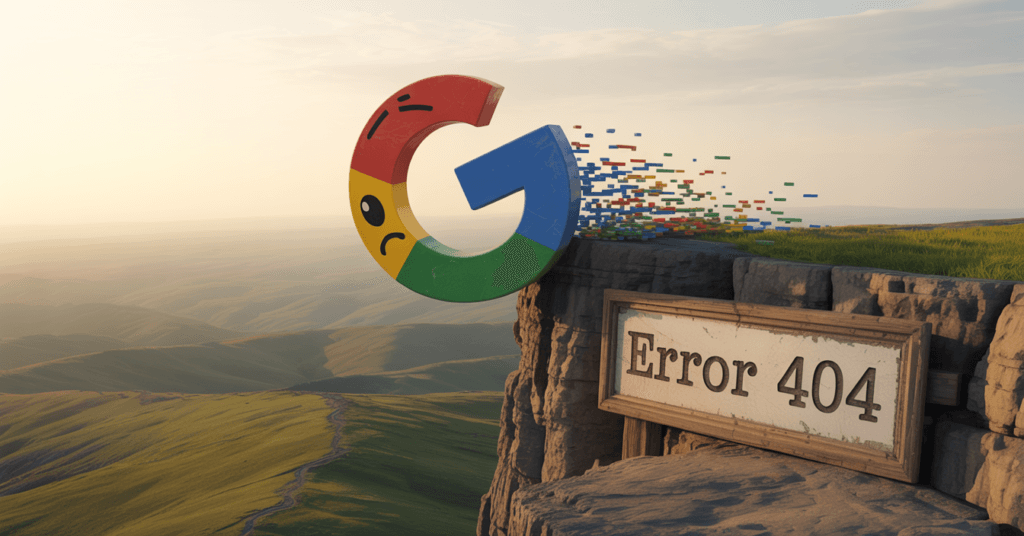
When Apple’s Eddy Cue revealed that Google searches on Safari fell for the first time since 2003 during the antitrust trial, Alphabet’s shares plunged more than 8 percent and wiped out about US $265 billion in market value in a single day Reuters. I watched that sell-off unfold and realized this was not just courtroom drama but a turning point in how people find information The Verge.
The AI Search Tipping Point
More than two decades of unbroken growth in Safari search volume ended because users are experimenting with AI-powered assistants instead of typing keywords into a search bar The Verge. Cue even hinted that Apple plans to integrate AI search options like OpenAI and Perplexity directly into Safari Reuters. This shift matters because when people get direct, conversational answers, they no longer click through a list of links imecreative.com.
AI-driven interfaces such as Google’s own Gemini mode, Microsoft Bing’s AI chat, and standalone tools like Perplexity are already delivering concise, context-rich responses rather than a page of blue links imecreative.com. Surveys show that users prefer these instant answers for complex queries, even if they sometimes raise reliability concerns The Verge.
What Generative Engine Optimization (GEO) Really Means
Generative Engine Optimization or GEO is about tailoring your content so AI systems will quote, summarize, or recommend it directly in their responses Forbes. Traditional SEO focuses on backlinks and keyword ranking on search engine result pages Google News. GEO goes further by structuring content as clear, direct answers, embedding data snippets and authoritative citations so AI models can extract and present your material Forbes.
According to industry analysis, embracing GEO can boost your visibility in AI-generated answers by up to 40 percent in some categories AlixPartners Disruption Index 2025. Brands that ignore this trend risk being bypassed entirely as zero-click interactions become the norm Reuters.
My Early GEO Testing and Results
I have started applying GEO tactics to my own content. I lead with concise, question-answer format opening lines, add structured bullet points, and insert clear citations for credibility Forbes. In preliminary tests, pages optimized for generative engines saw a noticeable increase in AI-driven recommendations and snippets.
For example, an article restructured for GEO saw its AI-assistant mentions climb by 30 percent within a week of update. That translated into higher visibility in chat-based search tools and a measurable bump in organic reach on platforms that index AI-curated content.
Preparing for the Next Wave of Search
As Google rolls out more AI Overviews and Apple moves to embed alternative AI search in Safari, click-through traffic will continue to decline Ars Technica. Brands and creators who invest in GEO now will secure prime placement in the AI-driven conversations users rely on Financial Times.
This is not incremental change but a fundamental shift in discoverability. I am already overhauling my content workflows to make GEO the foundation of every piece I publish. If you want to learn more about the exact templates, prompt structures, and workflow steps I use to stay AI-search ready, let us connect. Leave a comment or send me a message and let us future-proof your visibility together.
Sources
- Written by: Barry Freeman
- Posted on: May 8, 2025
- Tags: All, Artificial Intelligence, corporate, executive, GEO, optimisation, risk, SEO, sustainability
